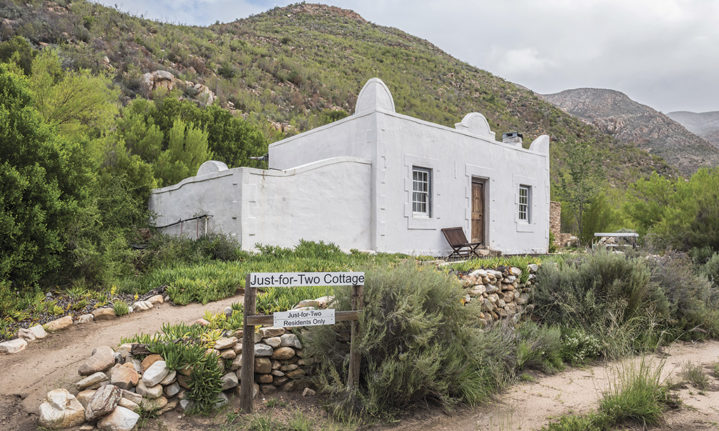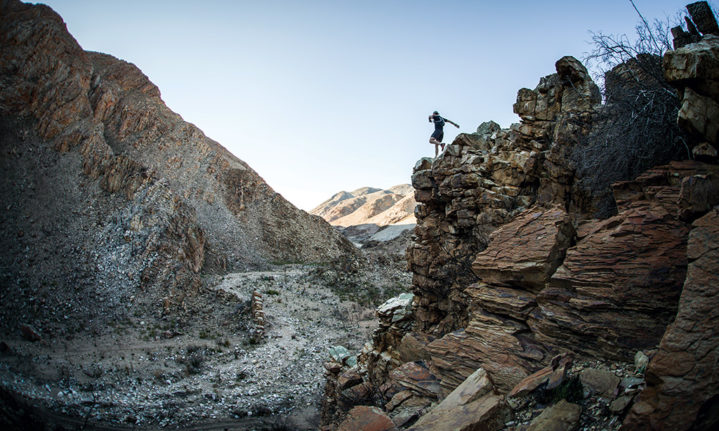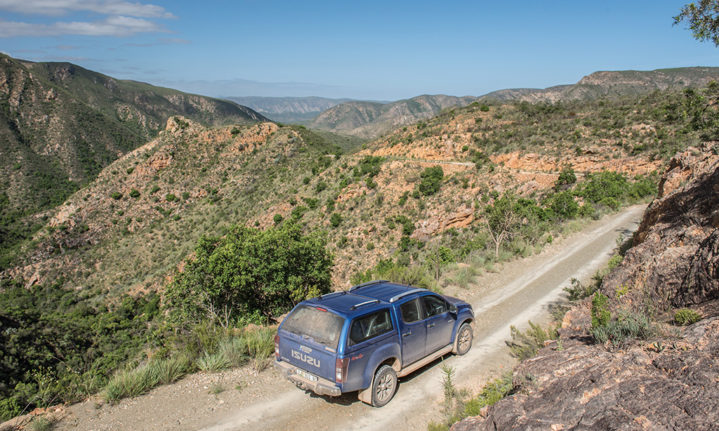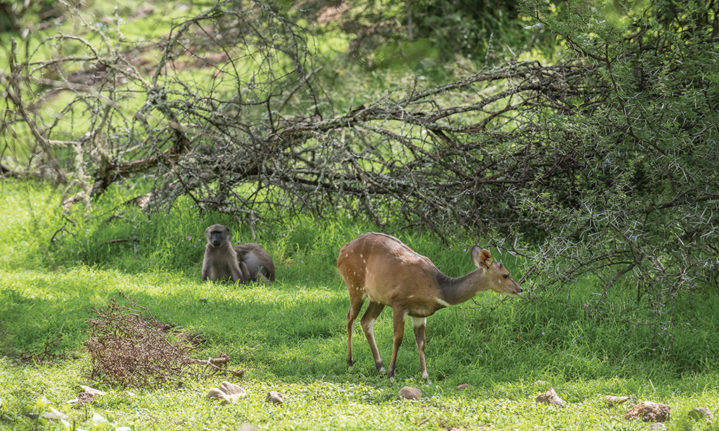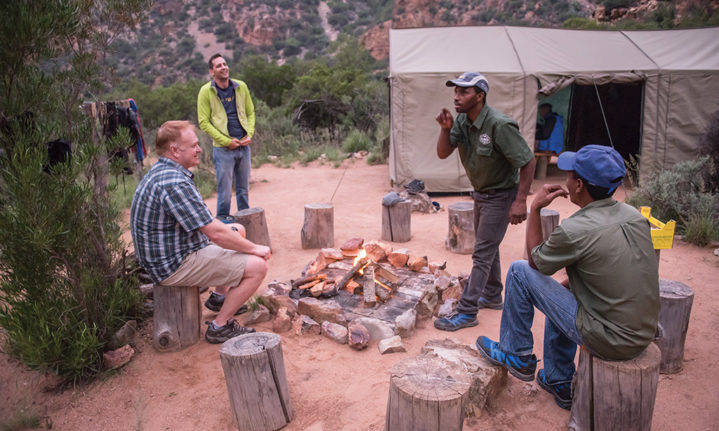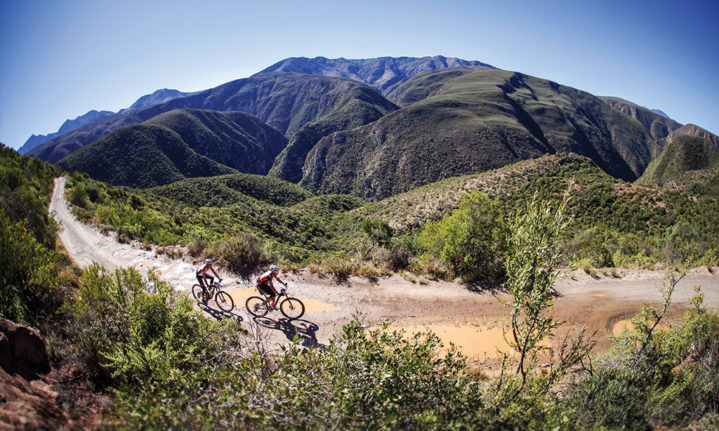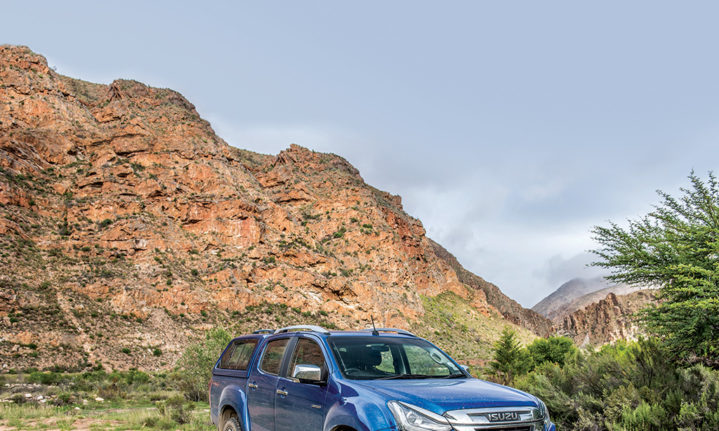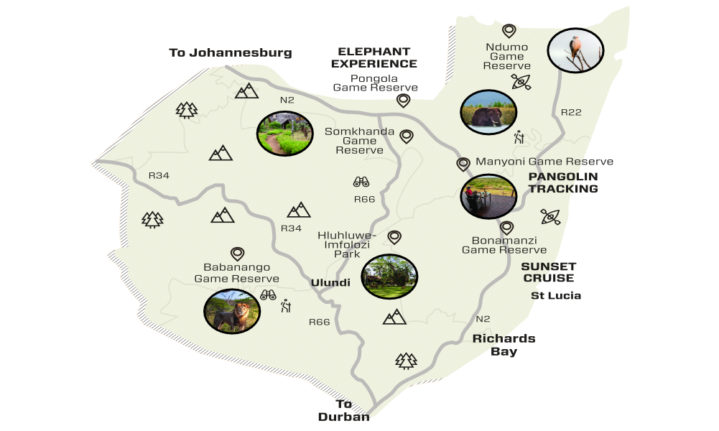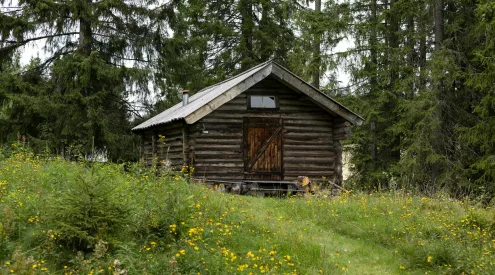There’s just one lonely road through the Baviaanskloof; the rest is big, wild, largely inaccessible backcountry, a realm made for hiking, trail running, mountain biking, rough camping and 4×4ing.
Words & Photos Justin Fox

Two daunting annual sporting adventures held in Baviaanskloof are the Leopard Run Stage Race (pictured here) and the Trans Baviaans 24-hour MTB Challenge. Non-competitors can follow both routes any time they choose (Photo Jacques Marais).
For as long as I can remember, I’ve wanted to visit the vast river catchment area stretching from Willowmore to Patensie, sandwiched between the Baviaanskloof and Kouga mountains. There’s only one road through it, built by master engineer Thomas Bain in the 1880s – the last and longest of his great passes, but there are plenty of byways, hidden gorges and cul-de-sacs to explore.
Before heading into the kloof, I met up with Kobus Kok, an old-timer who knows the Baviaans like the back of his hand, in a coffee shop in Humansdorp. Shifting the mugs aside, he rolled out a detailed map on the table.
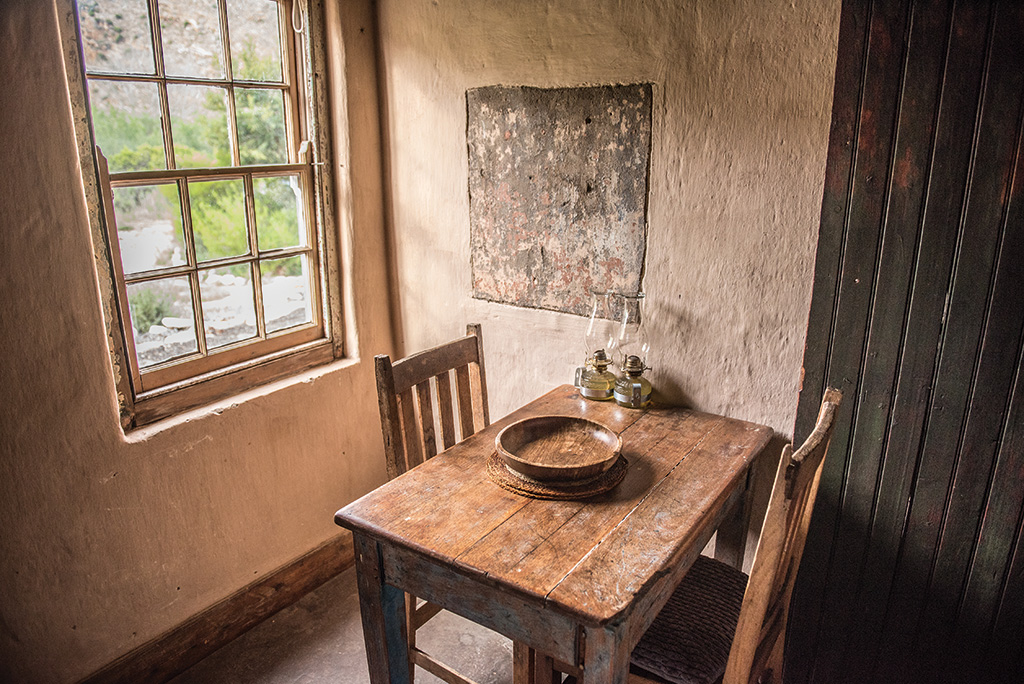
The quaint Just-for-Two cottage is a little gem at Go Baviaans.
‘Look, Justin, you must take your time,’ said Kobus. ‘There’s so much to see. When you cross the Nuwekloof Pass, you’re properly into the Baviaans, it’s simply another world. As you descend, look out for wonderful rock formations such as the Seven Dwarfs and the Crocodile. Make a stop at the police station and ask Captain Smit about the black leopard he saw a couple of years back.’
I jotted notes, Kobus rattled on: ‘Once you get to the wilderness area, you’re not allowed out your car, except at Smitskraal, which was once a tobacco farm. Most of the reserve was once farmland but those were very wild, very marginal farms. Oh, and at the first drift after Poortjies, look down into the stream. We often spot endemic Eastern Cape redfin minnows there. I’ll see you again when you come out the other end next week…’
Three hours later, with the sun in my rear-view mirror, my Isuzu D-max 4×4 descended Nuwekloof Pass. The surrounding cliffs were honey-coloured, the sandstone contorted like rumpled bedclothes. I passed through a series of small valleys, each one a farm sequestered behind walls of rock. Kobus had told me this used to be the principal seed producing area in South Africa, free of disease and contamination. Each farm an island.
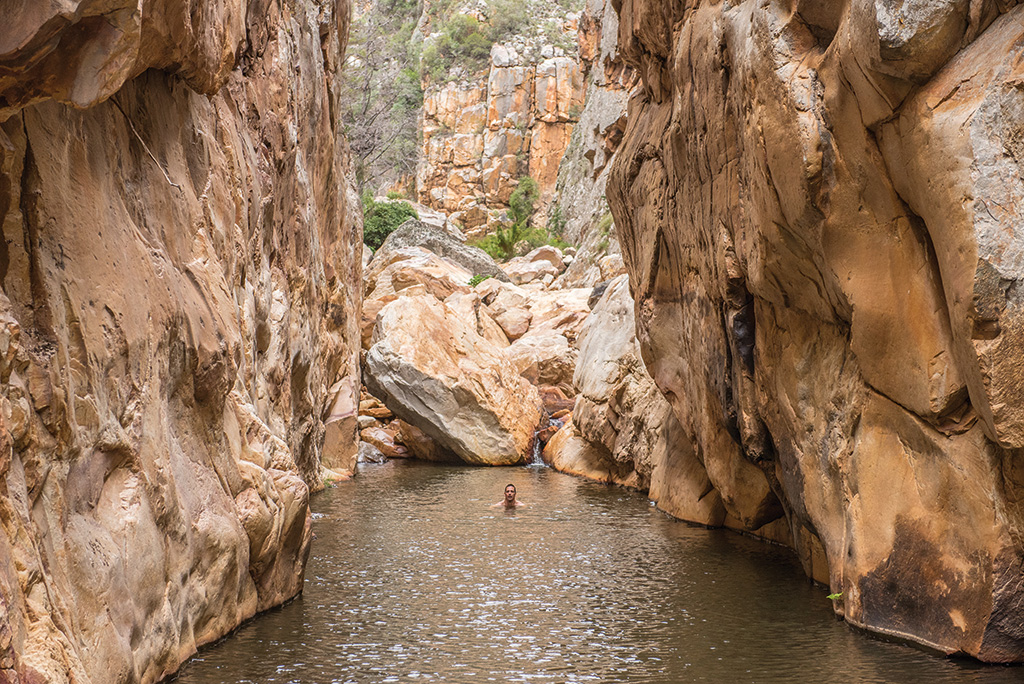
Linden Booth takes an icy kloof dip on the Waterfall Trail
Cedar Falls homestead lay at the end of a seven-kilometre driveway through magnificent mountain scenery. It’s a rambling, high-ceilinged house surrounded by fertile fields and a dam for swimming. The owner met me on the stoep. ‘We’re going for a braai with hikers at the first overnight stop on our Leopard Trail,’ said tall, athletic Linden Booth. ‘Come join us.’
I dropped my bags and joined a group heading up a rocky track to the hikers’ camp. While the fire was being lit, Linden and I strolled through a narrow kloof to check on one of his camera traps. ‘We have three leopards in our area,’ he said. ‘I hope we’ve managed to get a snap of one.’
At the camera, Linden downloaded the memory card onto his laptop. A quick trawl through the images revealed plenty of baboons, honey badgers, caracals and aardvarks … but no leopard.

Make sure you stop at Veroʼs farm stall for coffee and roosterkoek.
Back in camp, steak and boerewors sizzled on the grid. ‘There are four pillars to our operation at Go Baviaans: hiking, trail running, mountain biking and, in the near future, rock climbing,’ explained Linden, poking the coals with a stick. ‘The idea here, unlike the wilderness area a bit further east, is that you get out of your vehicle and do active things.’
The next morning we did just that, tackling the Waterfall Trail, a lovely day hike from Cedar Falls. Cliff walls pressed in as we followed a dry riverbed. Linden pointed out endangered Willowmore cedar trees, many of them burnt by fire or upended by floodwater. By and by we came to a rock pool. To progress to the waterfall, we’d have to swim through dark, icy water. Only Linden ventured in, briefly, and returned shaking and blue.
From Cedar Falls I drove east, deeper into the kloof, stopping at Vero’s farm stall for coffee and roosterkoek, warm from the oven. No sooner was I back on the road than a side track to Sewefontein lured me off again. At the tourist info office I met local guide Patrick Ruiters, an ardent promoter of his corner of the valley. ‘Hop in the car and show me around,’ I said.

A biodiversity treasure chest
The Baviaanskloof Mega-Reserve combining state-owned, private and communal land has more than
1 100 plant species (the kloof is a fynbos hotspot), 50 larger mammals, over 300 bird species (including martial, Verreaux’s, fish, crowned
and booted eagles), 57 reptile,
55 butterfly and 15 fish species.
Within its 200km extent, the kloof contains elements of seven of South Africa’s eight biomes – Nama Karoo, Succulent Karoo, fynbos, savannah, grassland, subtropical thicket and forest – and has been designated a Unesco World Heritage Site.
Blue suede baboon shoes
The kloof takes its name from the Dutch word for baboon – baviaan – and chacmas are still the most ubiquitous species around. So plentiful were these ‘vermin’ that a baboon-hide factory was established in the 1920s making aprons, rucksacks, handbags and the like. Shoes were particularly prized as baboon-hide leather is very soft.
We headed uphill. From Patrick, I learnt that in the 1990s, 76 local families had bought Sewefontein and it’s now run as a large, community-owned farm. Halting beside an outflow pipe, Patrick climbed out and lifted a tin covering to reveal cool, clear water gushing into a sluit and down to the farmlands below. ‘This borehole was sunk in 1937,’ he said. ‘It’s 110 metres deep and has been producing about 50 000 litres per hour ever since. It’s never stopped, not for one moment. And we have another six springs like this. Isn’t it just amazing!’
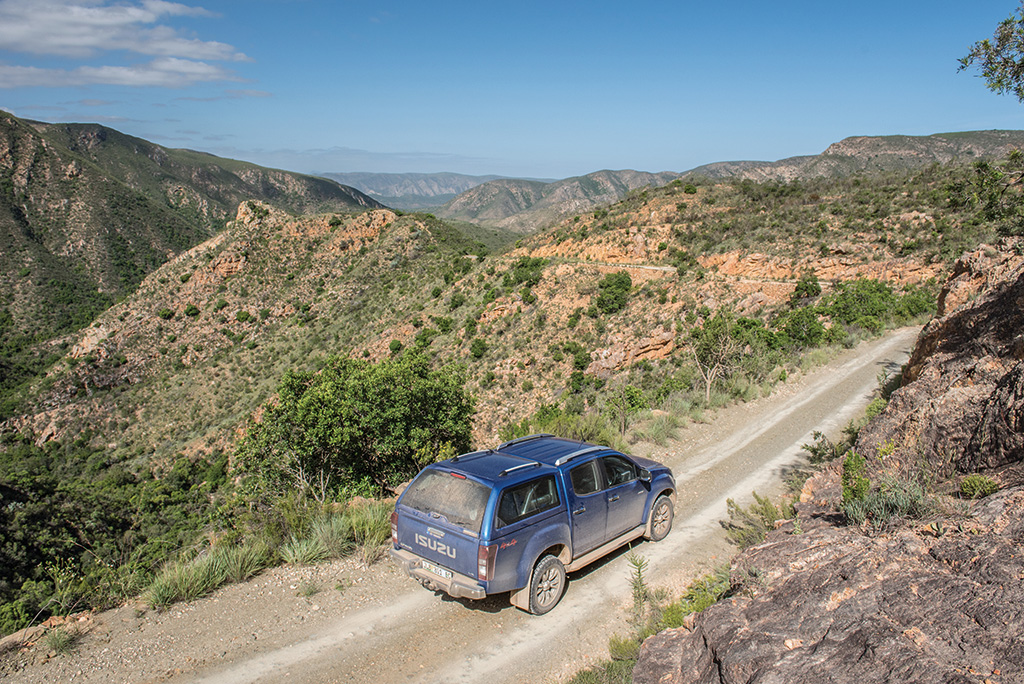
The view of the Baviaanskloof from atop Holgat Pass: sandstone heights and valleys thick with riverine vegetation.
That night, I sat down to a hearty boerekos lamb dinner with Pieter Kruger, owner of Zandvlakte Guest Farm. He’s a gentle giant with a passion for the Baviaans. ‘Zandvlakte dates back to 1817,’ he said. ‘When I bought the farm, the land was degraded and the water table was dropping. In the 1990s, I started restoring the ecosystem. We’ve given a lot of the land back to nature and the bit of farming we still do is mostly rosemary and lavender.’
Early next morning, we set off in Pieter’s bakkie and crossed a boulder-strewn riverbed dotted with gabion barriers to help spread water across the floodplain, thereby raising the water table. ‘Zandvlakte is bordered on three sides by nature reserve,’ he said, dragging on a cigarette. ‘We even have buffalo coming onto our land from the wilderness area.’
We pulled off and climbed out. ‘We’re in the process of rejuvenating the farm, stopping erosion and capturing runoff,’ Pieter explained. With financial help from the Dutch government he’s planted three million trees, mostly spekboom, and rehabilitated 1 500 hectares of farmland.
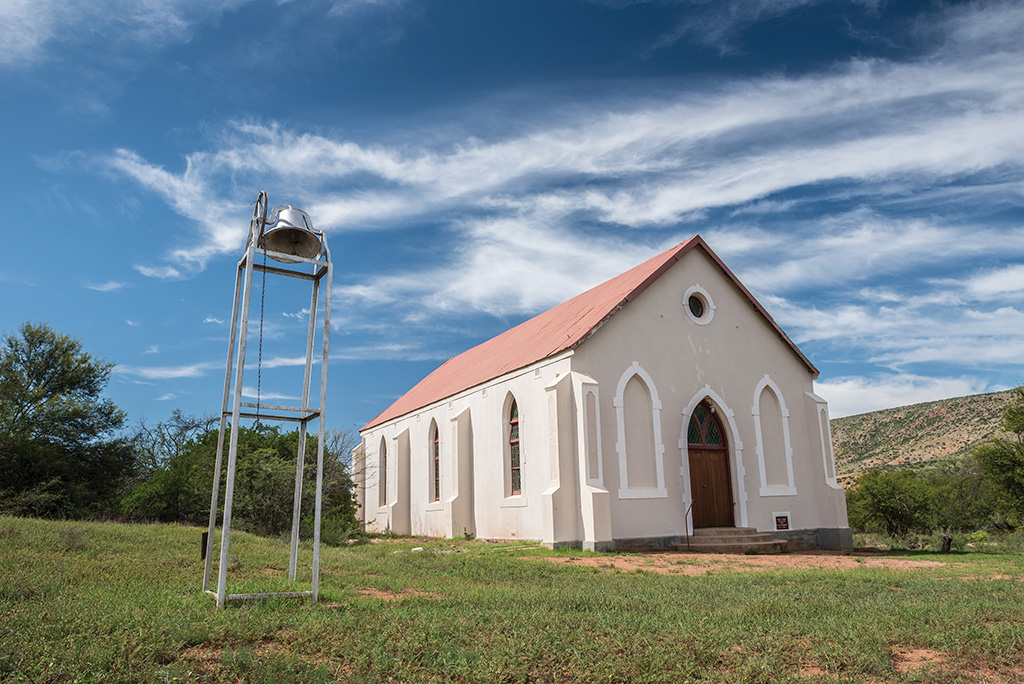
The Dutch Reformed Church at Zandvlakte was built in 1918 after the previous church washed away in a flood.
Pieter crouched beside a tiny spekboom and dug his fingers in the soil. ‘The fungus and organic material around the base of the plant returns the soil to health.’ As I watched this devoted boer kneeling on his land, I thought how he was, in fact, farming with time. As if to echo my thoughts he said, ‘We’re restoring the ancient cycles. What we’ve started will take hundreds of years. But it must be done and it gives me joy.’
Exploring the kloof later, I came upon pretty churches and a couple of wayside stalls selling snacks and curios. Boys in a donkey cart raced past, boom box blaring pop music as they cajoled their reluctant steeds. Baboons were everywhere – hairy and skittish – and the mountains dominated, soaring on either side, the constant element of the drive.
I arrived at Joachimskraal Farmhouse just as a group of Baviaans Camino hikers came trudging in. ‘Joachimskraal is the first overnight stop on the trail,’ explained hike co-ordinator, Esti Stewart. ‘How was today’s hike?’ I asked.
‘Ag, the first part is a bit tough,’ she said. ‘It’s straight uphill, unrelenting. But it’s simply beautiful once you’re up in those remote kloofs. Now for an ice-cold beer.’
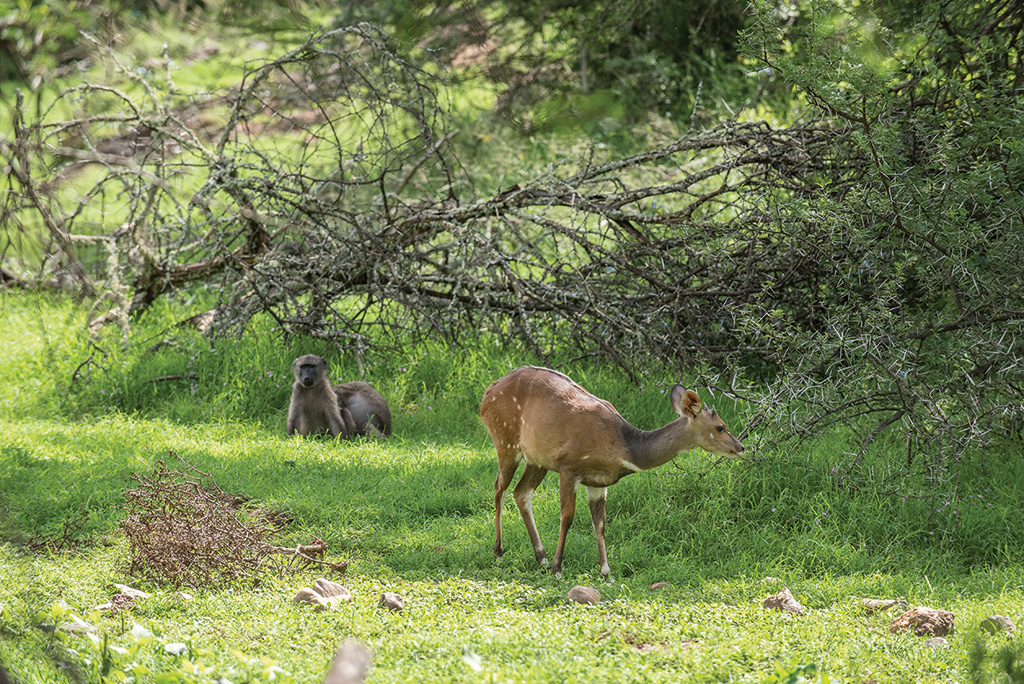
Bushbuck and baboons hang out in harmony in lovely glades west of Grasnek Pass.
Next morning I headed east into the wilderness reserve. At first, there were a few derelict farmhouses and the vestigial marks of man but soon the road deteriorated and the terrain grew rugged. There were streams everywhere, crystal-clear and reed-lined with white-boulder beds. I stopped to let a tortoise cross the road, an African hoopoe flitted by, a brown-hooded kingfisher held my gaze.
I passed through Edenic glades where bushbuck and baboons gambolled on lawns that looked watered and manicured, then began the ascent of Grasnek Pass. The switchbacks grew tighter, the views in every direction increasingly dramatic.
East of the pass, I stopped at Smitskraal picnic area to enjoy a roosterkoek-sandwich. So far, I’d not seen another soul in the reserve. The cry of a fish eagle echoed through the trees.
The vegetation continued to change as I descended through the kloof’s many biomes. At times the road merged with the river and my axles were underwater as I churned downstream in four-wheel drive mode.

Willem Maganie, manager of Go Baviaans, recounts a humorous anecdote at the first overnight camp of the Leopard Trail.
Nearing the end of the Baviaans, I stopped at the top of Holgat Pass and looked back the way I’d come: over contorted sandstone mountains and through deep valleys thick with riverine vegetation. Further, my Isuzu criss-crossed the swollen streams of Poortjies (so named for the many river fords) and finally emerged from the wilderness into the neat citrus orchards of Cambria. I found Kobus’ guest house in Patensie without difficulty.
‘How was it?’ asked the old Baviaaner. ‘It was just sublime,’ I said. ‘An old, forgotten corner of South Africa, wild and remote. I passed only one vehicle the whole day. Such solitude.’
‘Ja,’ said Kobus. ‘You’ve got to be damn careful: you can easily lose your heart to the Baviaans.’

Trip Planner
Getting There
Uniondale/Willowmore and Patensie are the western and eastern gateway towns (and last shops) respectively to the Baviaanskloof. Don’t attempt the trip unless you have a 4×4 or a high-clearance vehicle.
Do This
At Sewefontein explore the wild-fig-tree forest (R45 pp) and the seven springs (R45 pp). There are also picnic sites (R15 pp) and camping (R100 pp). Doringkloof offers four 4×4 trails (grade 2 to grade 4/5) on the farm; R100 per vehicle. Plus there’s an 80km route over the mountains to Kareedouw; R150 per vehicle and R10 pp.
Doringkloof also has four MTB routes (free). There’s a challenging, unofficial 4×4 route (two vehicles recommended) from Steytlerville to Patensie via Grootrivierpoort.
At Cedar Falls, walk the one-day Waterfall Trail (R90 pp/free for farm guests). The Leopard Trail is an excellent 4-day/3-night slackpacking hike, overnighting in new huts. R1 680 pp. gobaviaans.co.za
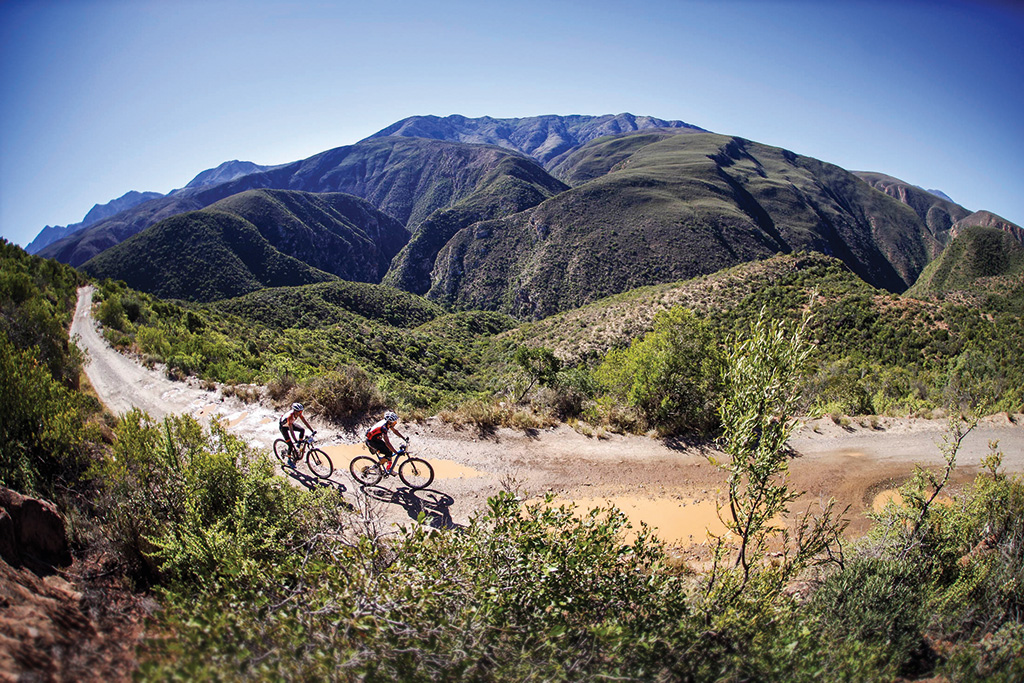
Do the Baviaans Camino, a four-day, 93-kilometre, slackpacking hike that traverses the mountains from north to south and ends in Kareedouw. It’s fully catered, guided and has a support vehicle, R8 750 pp (for six nights). You can also do the Camino on horseback, R12 750 pp. baviaanscamino.com
Explore the wilderness reserve, R46 pp at the gate. visiteasterncape.co.za
Guarrie Safari offers guided tours of the Gamtoos Valley, Baviaanskloof and surrounds led by Kobus Kok, R3 000 per day (for up to 4 people). 042 283 0739, [email protected]
Stay Here
There are several options at Go Baviaans: Cedar Guest House (sleeps eight. From R640 pp sharing) is the lovely original farmhouse with wraparound stoep, Red Cliffs Farmhouse (sleeps 10. From R320 pp sharing), Hiker’s Hut (sleeps 12. From R170 pp sharing) as well as a four-person and a two-person chalet. There are also two gorgeous, romantic cottages on the property: Just-for-Two and Cob Cottage (both sleep two people. R490 pp sharing). gobaviaans.co.za
Makkedaat offers a range of self-catering cave accommodation. From R280 pp sharing. makkedaat.co.za

Cob Cottage
At Doringkloof, Joachimskraal is a large farmhouse (sleeps 12) with adjacent Clay Cottages. All R300 pp). The two lakeside chalets at Doringkloof Bush Camp are also R300 pp and the large, well-appointed campsite set around a dam is R100 pp. doringkloof4x4.co.za
Zandvlakte is an operational farm in the Baviaanskloof Hartland Private Game Reserve offering accommodation in charming, restored buildings dating from the early 19th century. Self-catering is R400 pp sharing; DB & B is R850. baviaanskloof.com
There are four chalets in the Baviaanskloof Reserve at Geelhoutbos, from R318 per chalet for 4. Two magnificent campsites at Rooihoek and Doodsklip cost R360 per site. visiteasterncape. co.za

Just-for-Two cottage
Quagga Guest Rooms in Patensie is very comfortable. From R350 pp. Kobus and Estelle Kok also offer breakfast (R70 pp) or dinner (R130) and tours of local sights. [email protected]
Also check out Sederkloof Lodge, Duiwekloof Lodge and Speekhout Farm. baviaans.co.za, baviaans.net and baviaanskloof.net.
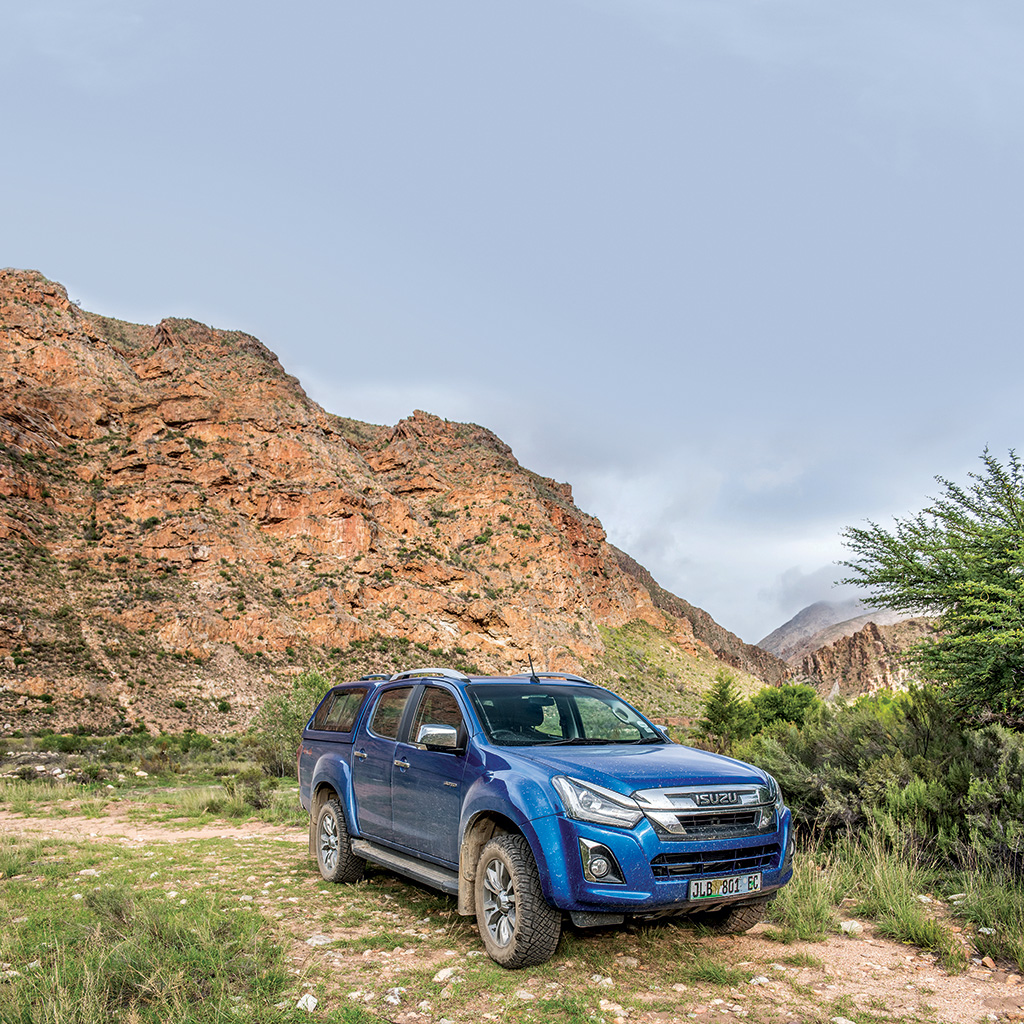
About The Vehicle
Isuzu D-Max Double-Cab
For the rugged Baviaans we chose the new Isuzu D-max double-cab. This muscular 4×4 is powered by a revised version of the current 3.0-litre turbo-diesel motor packing 140kW and 450Nm. Under the skin, extensive work has been done to the chassis and suspension. There’s an impressive 800mm wading depth (great for the watery sections of the Baviaanskloof), as well as a rotary transmission selector featuring 2-high, 4-high and 4-low, as well as hill descent control. This handsome new Isuzu features ABS, EBD, brake assist, traction control, stability control, hill-start assist, 8-way parking sensors and rear cross-traffic alert. From R380 500. isuzu.co.za
Eat Here
Stock up before you come as most accommodation is self-catering. For light meals and basic provisions in the kloof, there’s Vero’s Restaurant (and quirky craft shop), Bavijaans Padstal and Babes se Winkel.









